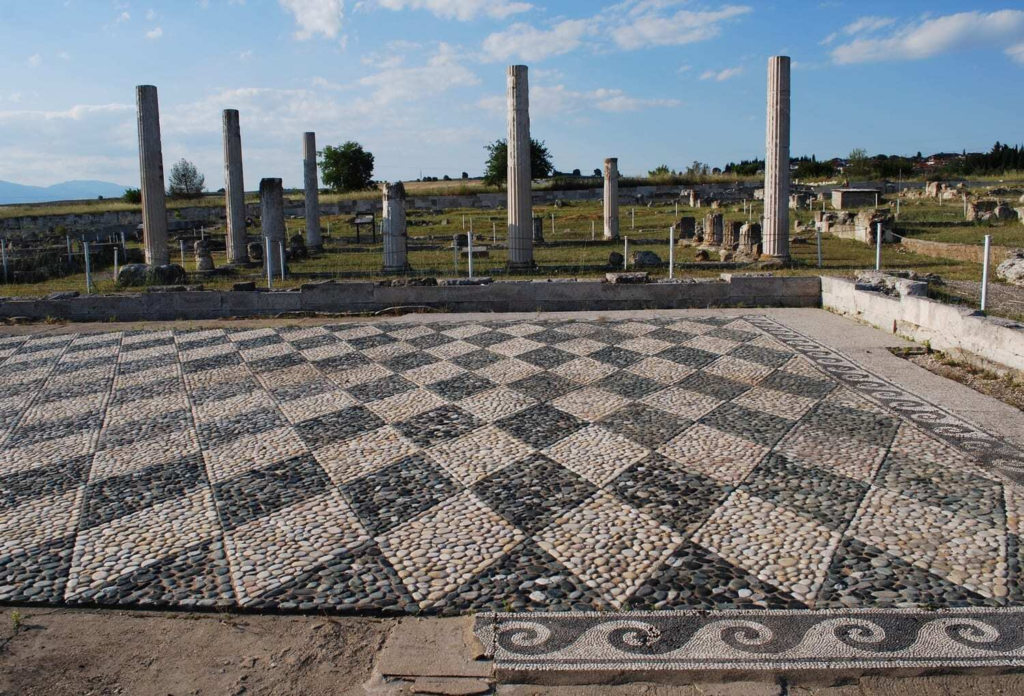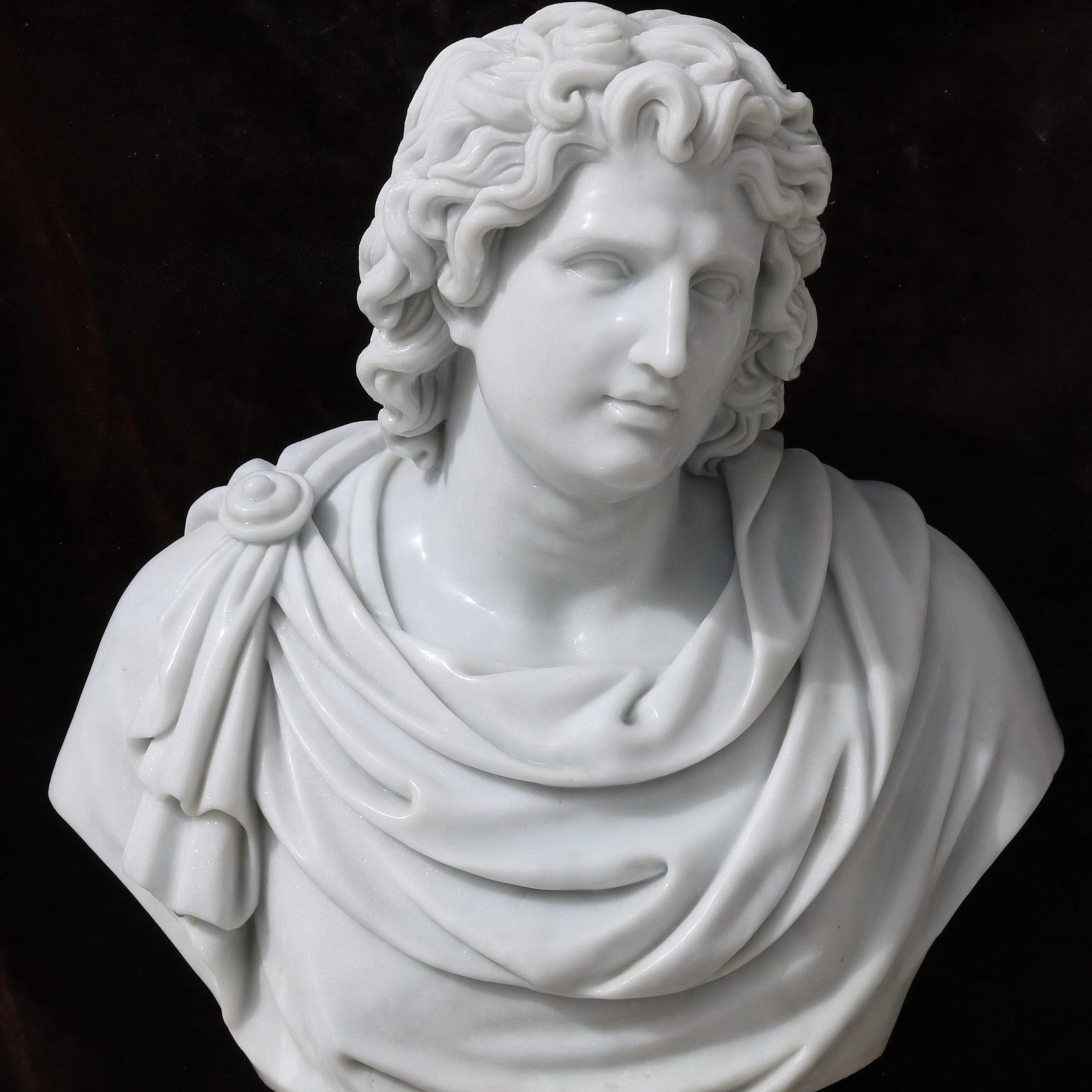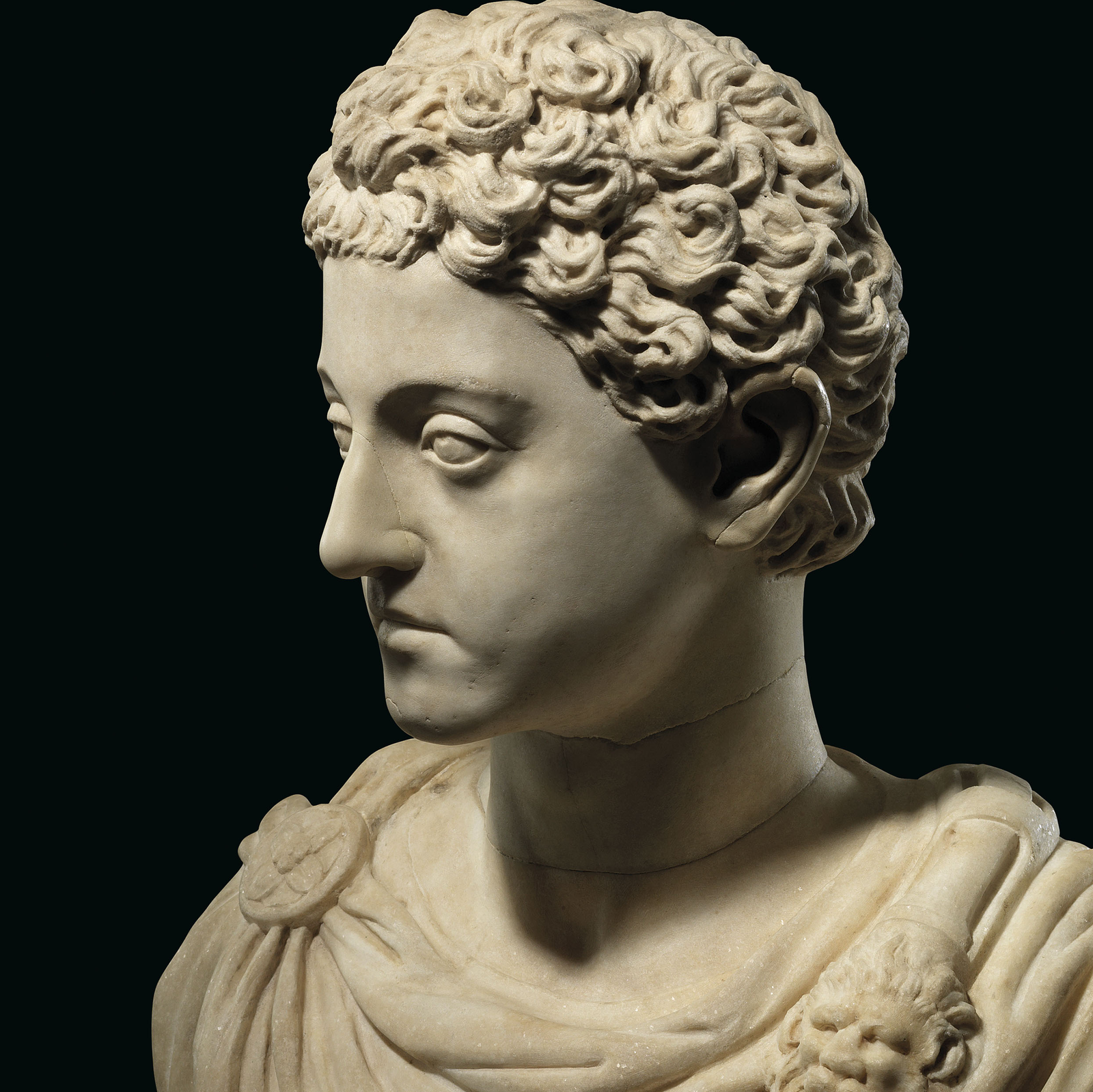Alexander the Great
Alexander the Great, also known as Alexander III of Macedon, was one of history’s most famous and successful military leaders. He was born in 356 BCE in Pella, the ancient capital of Macedonia. His parents were King Philip II and Queen Olympias. As a young man, Alexander was tutored by the philosopher Aristotle, who taught him about philosophy, science, medicine, and literature.
Key Points:
- Early Life: Alexander showed signs of greatness early on, famously taming a wild horse named Bucephalus at the age of 12. At 16, he was left in charge of Macedonia and proved his military skills by leading a cavalry charge at the Battle of Chaeronea.
- Becoming King: In 336 BCE, Alexander ascended to the throne after his father, King Philip II, was assassinated. At just 20 years old, Alexander consolidated his power by eliminating rivals and suppressing rebellions.
- Conquests: Alexander embarked on an ambitious campaign to expand his empire. He conquered vast territories, including the Persian Empire, and led his troops as far as northwestern India. His notable victories include the Battle of Issus and the Battle of Gaugamela.
- Legacy: Alexander’s empire was one of the largest in history, spreading Greek culture and influence throughout the known world, leading to the Hellenistic Period. He founded numerous cities, with Alexandria in Egypt being the most famous.
- Death: Alexander the Great died in 323 BCE at the age of 32 in Babylon. His death remains mysterious, with theories ranging from natural causes to poisoning. After his death, his empire fragmented into several smaller kingdoms.
Pella, Macedonia:

- Placement: Near the section discussing his early life and birth.
Battle Scenes:

Placement: In the section detailing Alexander’s military campaigns and conquests.
Alexander and Bucephalus:

Placement: In the section about his early life and achievements.
Alexandria:

- Placement: When discussing his legacy and the cities he founded.
Statues and Busts:
Placement: Throughout the article to provide a visual representation of Alexander.



I’m extremely impressed together with your writing skills
as neatly as with the structure on your weblog.
Is that this a paid topic or did you customize it your self?
Anyway keep up the nice high quality writing,
it’s uncommon to look a great weblog like this one nowadays.
TikTok ManyChat!